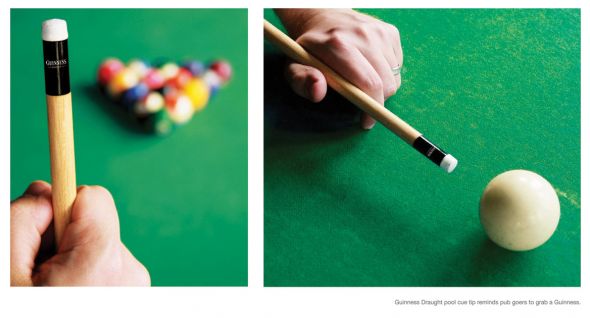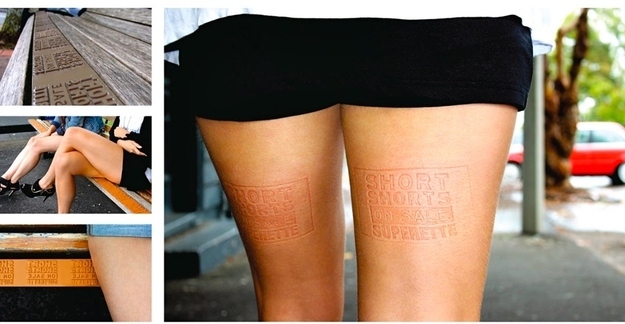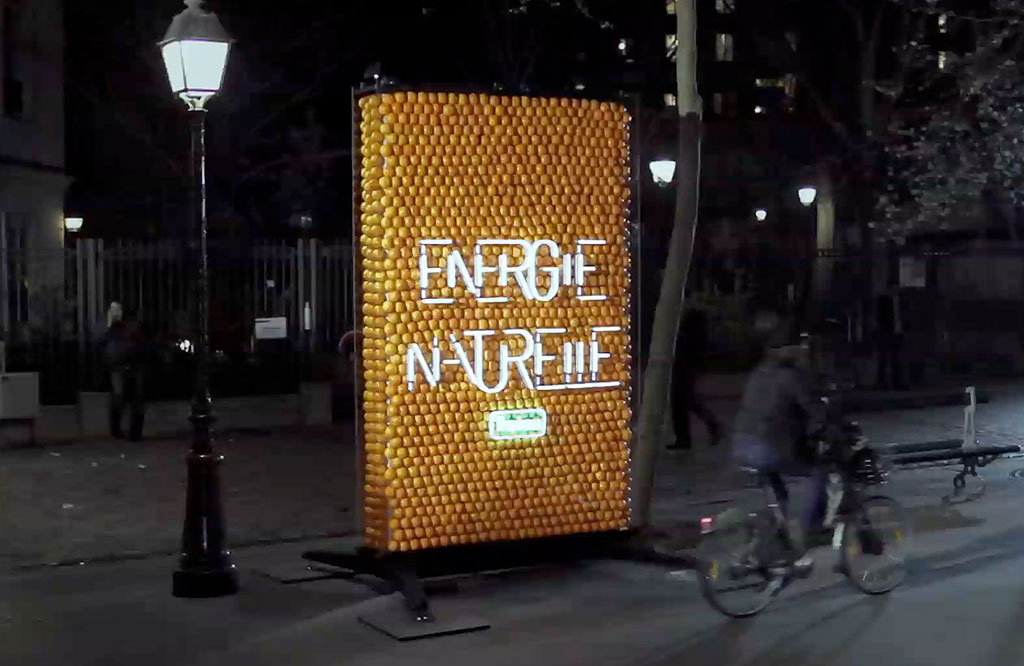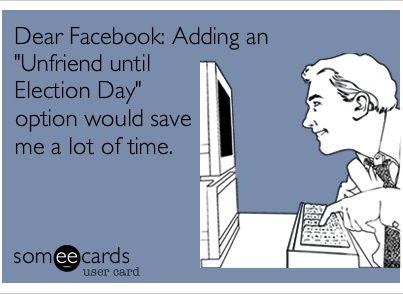A variety of different marketing strategies are available in the creation of an outstanding marketing campaign and, more often than not, campaigns will be an aggregate of various ideas and options that come together in generating the largest impact and best ROI.
The one key aspect in all great campaigns is the ability to create a lasting impression and be remembered. How can nontraditional marketing be both cost-effective and memorable? Implement a campaign that is so good, people will have to share it with their networks.
The first step in creating a memorable nontraditional marketing campaign is considering the consumer experience. When people are able to interact with a product or brand in an intriguing way, it leaves a lasting impression. One of the perks of guerrilla marketing is that this interaction can be practically anywhere — from a crosswalk turned into piano keys to a projected advertisement.
 From this experience, consumers can, and often do, generate hype about a campaign and its brand. One phone call, text, photo, video or tweet can lead to exposure at unprecedented rates. The initial campaign may only directly impact a certain number of people; however, as content is shared and grows to be viral, the number of lasting impressions garnered can be exponential.
From this experience, consumers can, and often do, generate hype about a campaign and its brand. One phone call, text, photo, video or tweet can lead to exposure at unprecedented rates. The initial campaign may only directly impact a certain number of people; however, as content is shared and grows to be viral, the number of lasting impressions garnered can be exponential.
The buzz around your campaign can start by being shared between friends and colleagues, posting a write-up on a well-known blog, or even being picked up by a national news source; the key is to get people talking about your campaign and associating it with the brand.
A mind-blowing experience is worth at a thousand words. Connect with us at 206.599.9855 and let’s make it happen.
Image Source: Ads of the World















